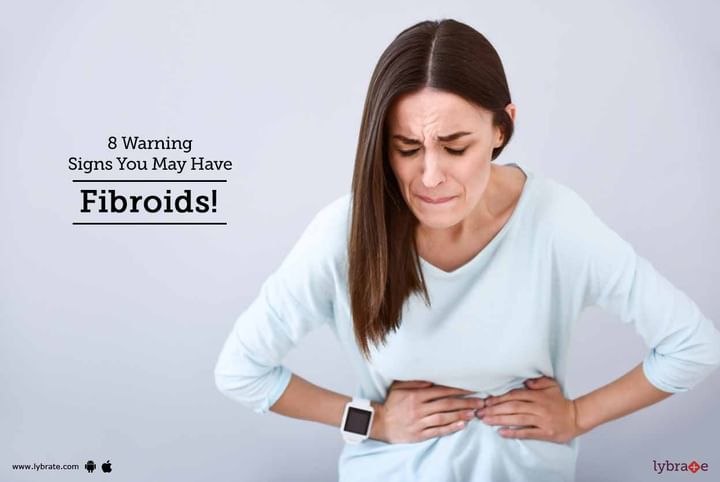Get the App
For Doctors
Login/Sign-up
Last Updated: Oct 23, 2019
BookMark
Report
8 Warning Signs You May Have Fibroids!
Fibroid tumour is the abnormal cell growth in the uterus and they are mostly benign. Fibroids usually affect women in the age bracket of 30 - 40. Fibroid tumours are of three types, depending on their location:
- Submucosal fibroids: The tumour develops under the lining of the uterus
- Intramural fibroids: The growth is found amongst the muscles in the wall of the uterus
- Subserosal fibroids: The growth develops on the wall of the uterus right in the pelvic cavity
Causes behind it
The exact cause of fibroids in not known clearly. But certain factors have been discovered that might influence their formation. These factors include:
- Hormones: Progesterone and estrogen are the hormones responsible for recreating the uterine lining during every menstrual cycle. These hormones might trigger the formation of tumour.
- Family history: If any member in your family; your mother, grandmother or sister has/had fibroids in their uterus, you may also develop it.
- Pregnancy: Your body produces excessive progesterone and estrogen when you are pregnant, which may cause an increase in the size of a pre-existing small fibroid. Myomectomy can be done by giving incision on the abdomen or by laparoscopy depending on the size and location of the fibroids.
Signs You are suffering from it
- Heavy bleeding along with blood clots during or between your periods
- Lower back or pelvic pain
- Elevated menstrual cramping
- Frequent urination
- Pain during sex
- Longer than normal periods
- Bloating or pressure in lower abdomen
- Enlargement or swelling of the abdomen
How it can be treated?
Your doctor will formulate the right treatment depending on your age, the mass of the fibroids and your overall health. Your doctor may choose a combination of treatment to cure your fibroids, and they include:
- Medication: Gonadotropin releasing hormones (GnRH) agonists, birth control pills and ibuprofen (anti-inflammatory medicine) are prescribed. GnRH agonists reduce the level of progesterone and estrogen in your uterus.
- Surgery: Myomectomy and hysterectomy are two common surgical procedures to treat fibroids. Myomectomy is performed by removing the fibroids only by making an incision on the abdomen. But hysterectomy completely removes the uterus. The latter is reserved for serious cases.
- Non-invasive surgery: Forced ultrasound surgery, myolysis (shrinking fibroids with laser or electric current), cryomyolysis (fibroids are frozen) and endometrial ablation (an instrument uses heat, hot water, microwaves or electric current to destroy fibroids) are some non-invasive surgical procedures.
In case you have a concern or query you can always consult an expert & get answers to your questions!



+1.svg)
